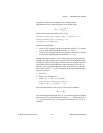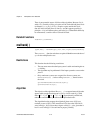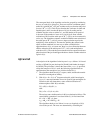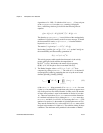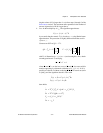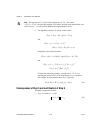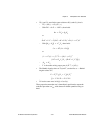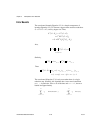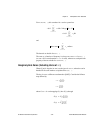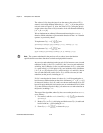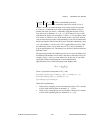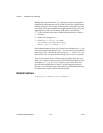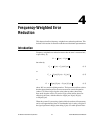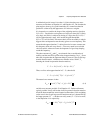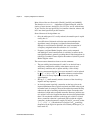
Chapter 3 Multiplicative Error Reduction
© National Instruments Corporation 3-21 Xmath Model Reduction Module
For mulhank( ), this translates for a scalar system into
and
The bounds are double for
bst( ).
The error as a function of frequency is always zero at ω = ∞ for
bst( )
(or at ω = 0 if a transformation s → s
–1
is used), whereas no such particular
property of the error holds for
mulhank( ).
Imaginary Axis Zeros (Including Zeros at ∞)
When G(jω) is singular (or zero) on the jω axis or at ∞, reduction can be
handled in the same manner as explained for
bst( ).
The key is to use a bilinear transformation [Saf87]. Consider the bilinear
map defined by
where 0 < a < b
–1
and mapping G(s) into through
86.9 v
i
dB 20log
10
< G
ˆ
nsr
G⁄
insr1+=
ns
∑
–
8.69 v
i
insr1+=
ns
∑
< dB
phase error v
i
radians
insr1+=
ns
∑
<
s
za–
bz– 1+
-------------------=
z
sa+
bs 1+
---------------=
G
˜
s()
G
˜
s() G
sa–
bs– 1+
-------------------
=
Gs() G
˜
sa+
bs 1+
---------------
=



